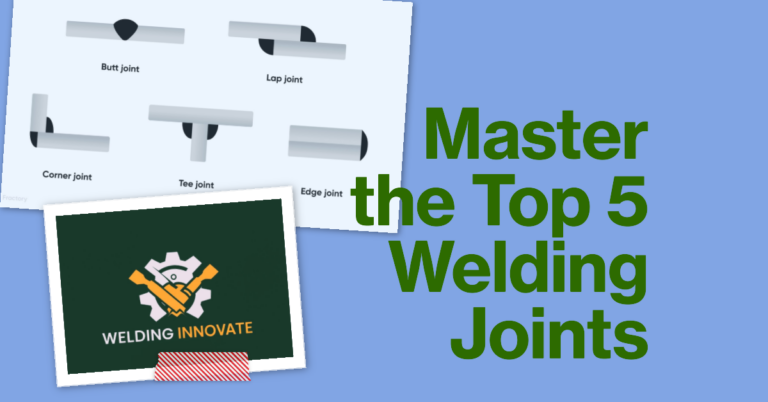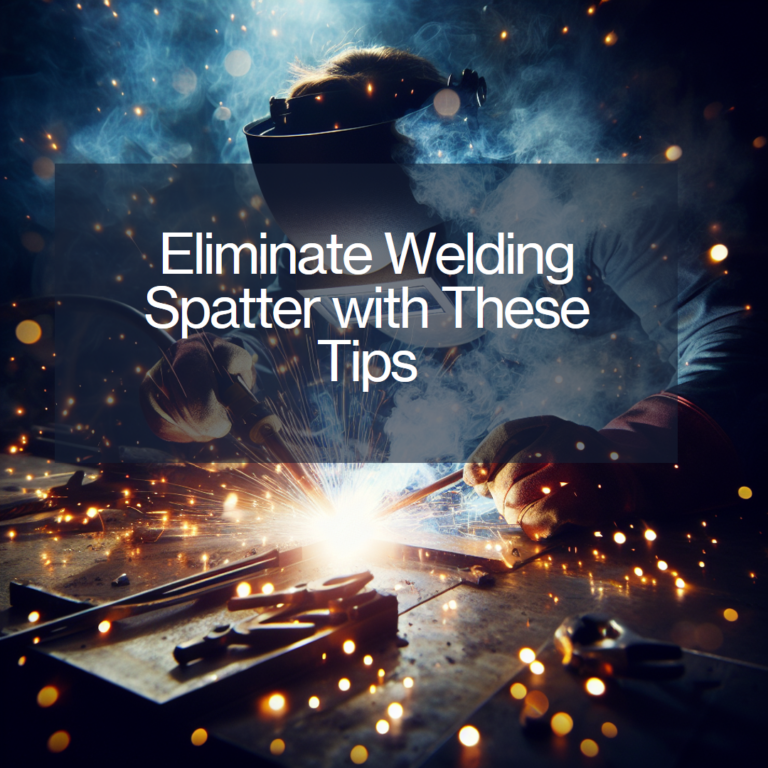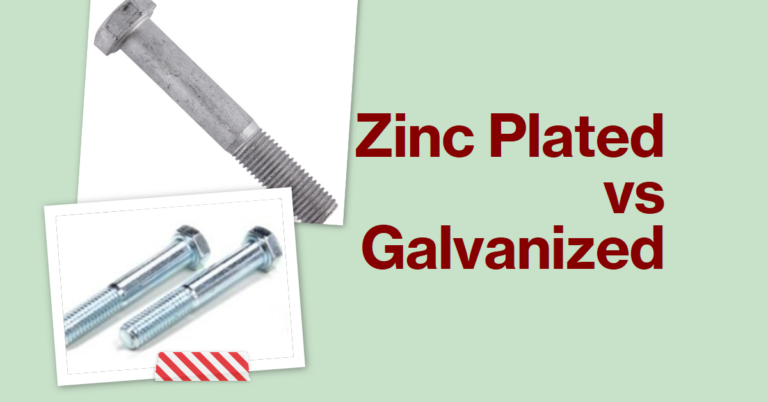Disclaimer: We support our readers with industry knowledge & research. You support us through our carefully chosen products with links that may earn us a commission.
Welding of lead is very similar to welding other metals, except that there is no flux. Other than gas welding, these processes are not generally used.
The color of unfinished surfaces (white to gray), newly fractured surfaces (light gray, crystal), and freshly filed surfaces (white) can all be used to identify lead.
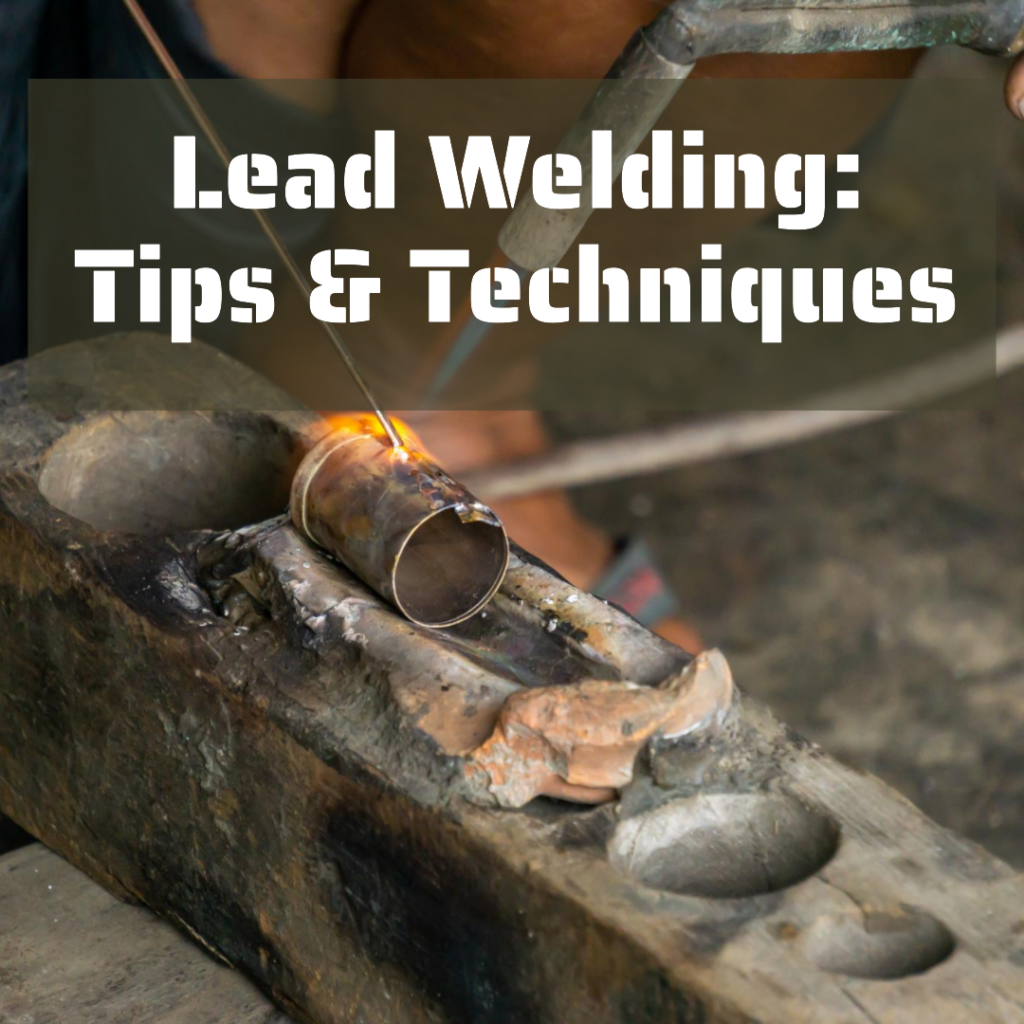
Example of Lead Welding
Gases
For lead welding, three combinations of gases are common:
- Oxyacetylene
- Oxyhydrogen
- Natural gas and oxygen
All positions are satisfied by the oxyacetylene or oxyhydrogen process. Overhead welding is not possible with oxygen-natural gas. Depending on the type and purpose of the weld, low gas pressure is used. It can range from 1-1/2 to 5-psi (0.3 to 34.5kPa).
Example of custom lead welding on a roof
Torch for Lead Welding
The size of the welding torch is small. The oxygen and flammable gases valves are located at either the forward or back ends of the handle. They can be easily adjusted with the thumb of your holding hand.
The drill size of torch tips varies from 78 to 68%. The tips are for lead weighing 6.0 lb (2.7kg), and the larger tips will be for lead weighing 6.0 lb/sq ft.
Example of welding lead with an alloy
Welding rods
Filler rods must be the same composition as lead that will be welded. They come in sizes ranging from 1/8 in. to 3/4 in. They measure between 3.2 and 19.1 mm in diameter. For lightweight lead, smaller sizes can be used. The larger sizes are for heavy lead.
Types of Joints
These types of welding are most common: lap, edge, and butt. Flat position welding uses either the lap or butt joint. The lap joint can be used for both overhead and vertical position welding. Only in special circumstances can the edge or flange joint be used.
Application
The flame must remain neutral. A reducing flame can leave soot on the joint. An oxidizing flame can produce oxides on the Molten Lead and interfere with fusion. For welding horizontally, a soft and bushy flame is the best.
In the overhead and vertical positions, a more pointed flame is used.
The flame controls the flow of molten lead. It is typically used to control it with a V- or semicircular motion. This is why the lead weld has a herringbone appearance.
The type of joint used and the location of the weld will determine the direction of the weld. Vertical position: Lap joints start at the bottom of each joint. It is not common to use a welding rod.
Flat position lap joints are preferred. The torch is moved in a semi-circular fashion towards the lap, then away. The torch is not moved in a circular path towards the lap, but filler metal is used on the first pass.
Position above the head welding can be very dangerous. To make it easier, you will need a lap joint as well as a sharp flame. The molten beads should be small and the weld operation must be done quickly.

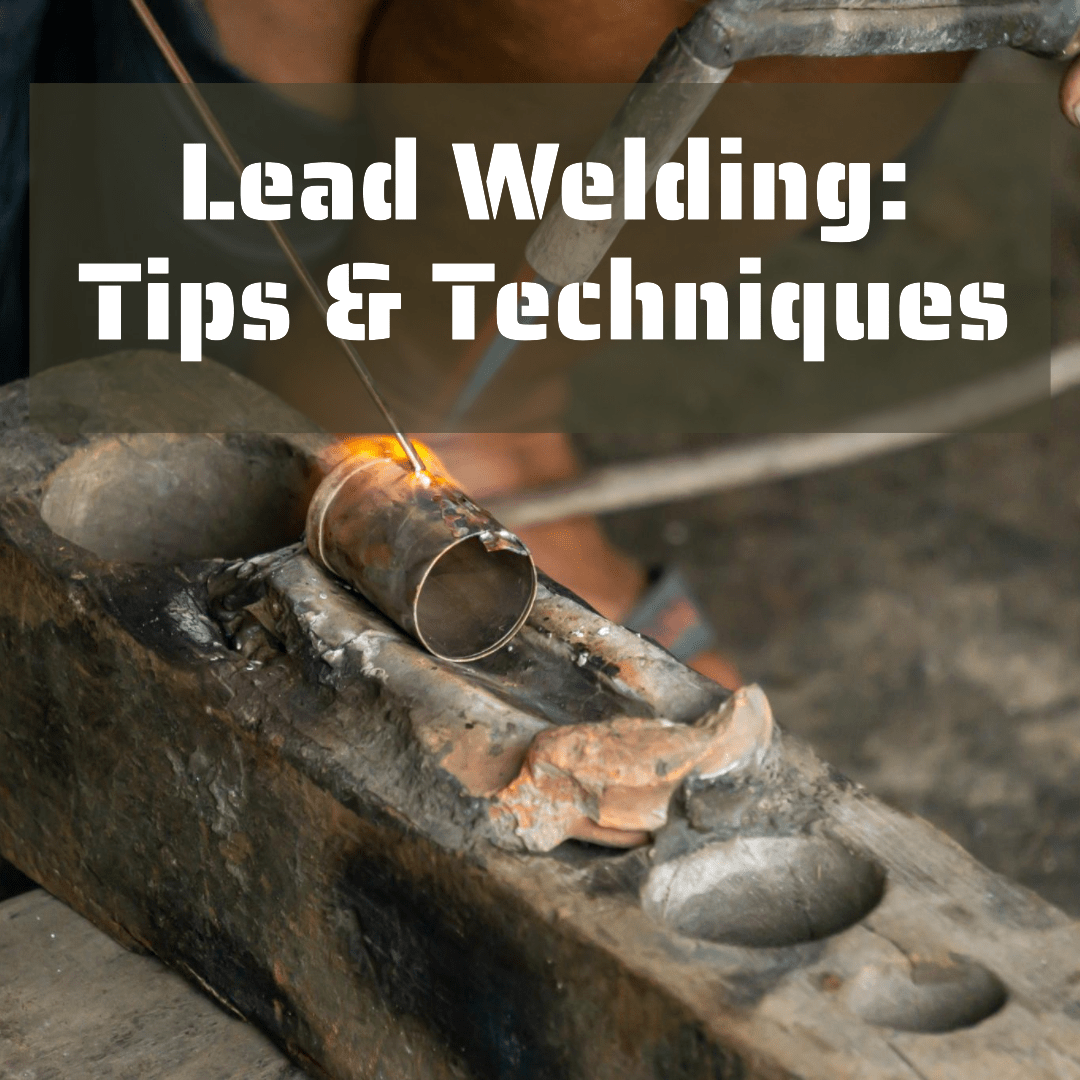

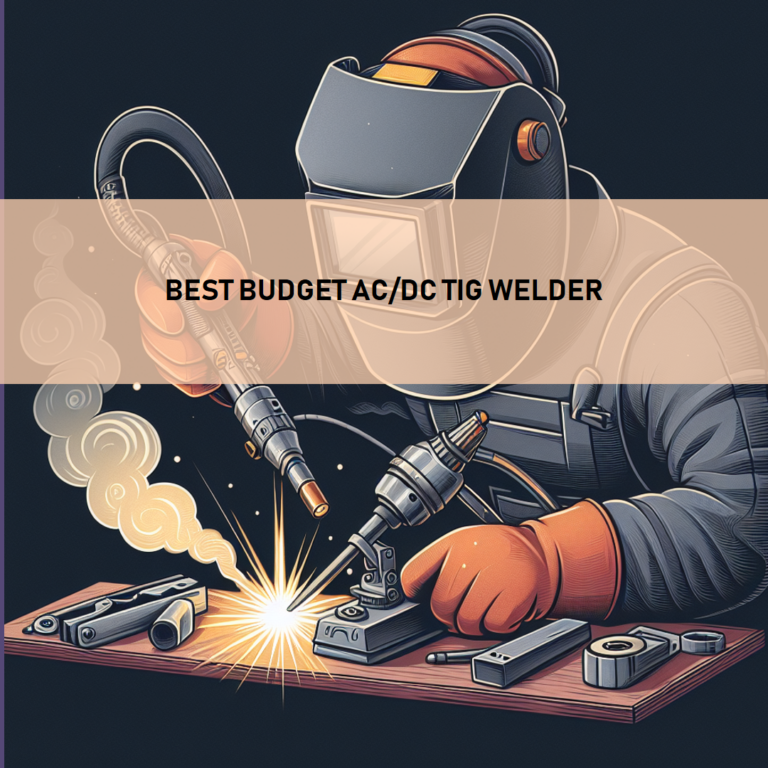
![6 Best Welding Jackets - [Leather Weld Coat] Top Picks 2024 6 Best Welding Jackets – [Leather Weld Coat] Top Picks 2024](https://welding-world-awards.com/wp-content/uploads/2023/11/skrinshot-24-12-2023-234941-jpg.webp)
